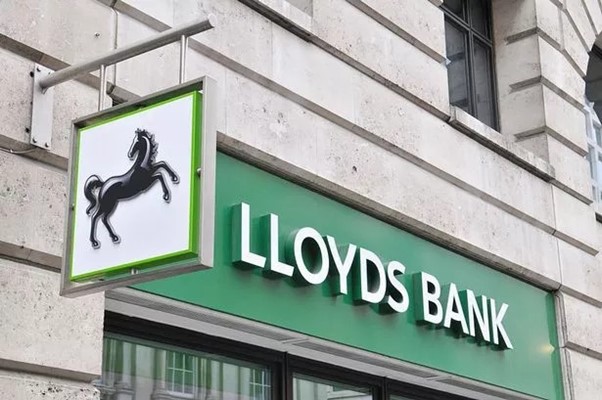Lloyds Banking Group has announced plans to shut another 136 branches by March next year, citing a continued shift towards digital banking.
This latest round of closures includes 61 Lloyds, 61 Halifax, and 14 Bank of Scotland branches, which will be phased out from May. The decision reflects an ongoing industry trend, with major banks reducing their physical presence as more customers opt for mobile and online services.
The announcement comes just a day after a government minister emphasized the importance of cash access for vulnerable individuals.
Declining In-Person Transactions
Lloyds attributed the closures to a significant decline in branch usage, reporting that transactions at the affected locations had dropped by 48% over the past five years as customers increasingly turned to its app for banking services.
Once the changes are implemented:
- The Lloyds network will shrink to 386 branches
- Halifax will be left with 281 branches
- Bank of Scotland will operate 90 branches
Lloyds stated that all affected employees will be offered alternative roles within the company.
The consumer group Which? highlighted the broader trend, noting that UK banks and building societies have closed 6,266 branches since January 2015, averaging 53 closures per month.
Access to Banking Services and Hubs
A Lloyds spokesperson reassured customers that multiple options remain available, including:
- Telephone banking
- Community banker services
- Shared branch access across Halifax, Lloyds, and Bank of Scotland
- Everyday banking at 11,000 Post Office branches
- Banking hubs, which provide shared facilities for basic banking services
However, concerns have been raised about the effectiveness of banking hubs. While 100 hubs have already been established, another 100 are planned, with some criticized for lacking essential facilities such as printers.
Under current regulations, Link, which oversees the UK’s cash machine network, must assess whether a closure will leave an area without access to cash deposit and withdrawal services. Following this review, 21 new banking hubs have been recommended in:
- Scotland: Annan, Alexandria, Bishopbriggs, Helensburgh
- England: Brigg, Caterham, Glossop, Falmouth, Fleetwood, Horsforth, Houghton le Spring, Hucknall, Leominster, Manchester Moston, Nelson, Peterlee, Seaton, Sleaford, Thornbury Avon, Tunstall, Wymondham
Government Response
Emma Reynolds, the new Economic Secretary to the Treasury, reaffirmed the government’s commitment to expanding banking hubs to ensure cash access, particularly for vulnerable individuals.
However, she ruled out legislation requiring businesses to accept cash, meaning retailers and service providers can continue transitioning to card-only payments.
While cash usage continues to decline, with only 12% of payments now made in cash, approximately 1.5 million people still rely primarily on physical money, particularly those facing cost-of-living pressures, who find it easier to budget with cash.
The Future of Banking Services
With branch closures accelerating and digital banking expanding, the debate over cash access and in-person banking services is likely to continue. While Lloyds insists that customers still have multiple options, critics warn that rural and vulnerable communities may struggle to adapt, making banking hubs and alternative access points increasingly crucial.




 (1).jpg)
.jpg)
.jpg)




.jpg)




